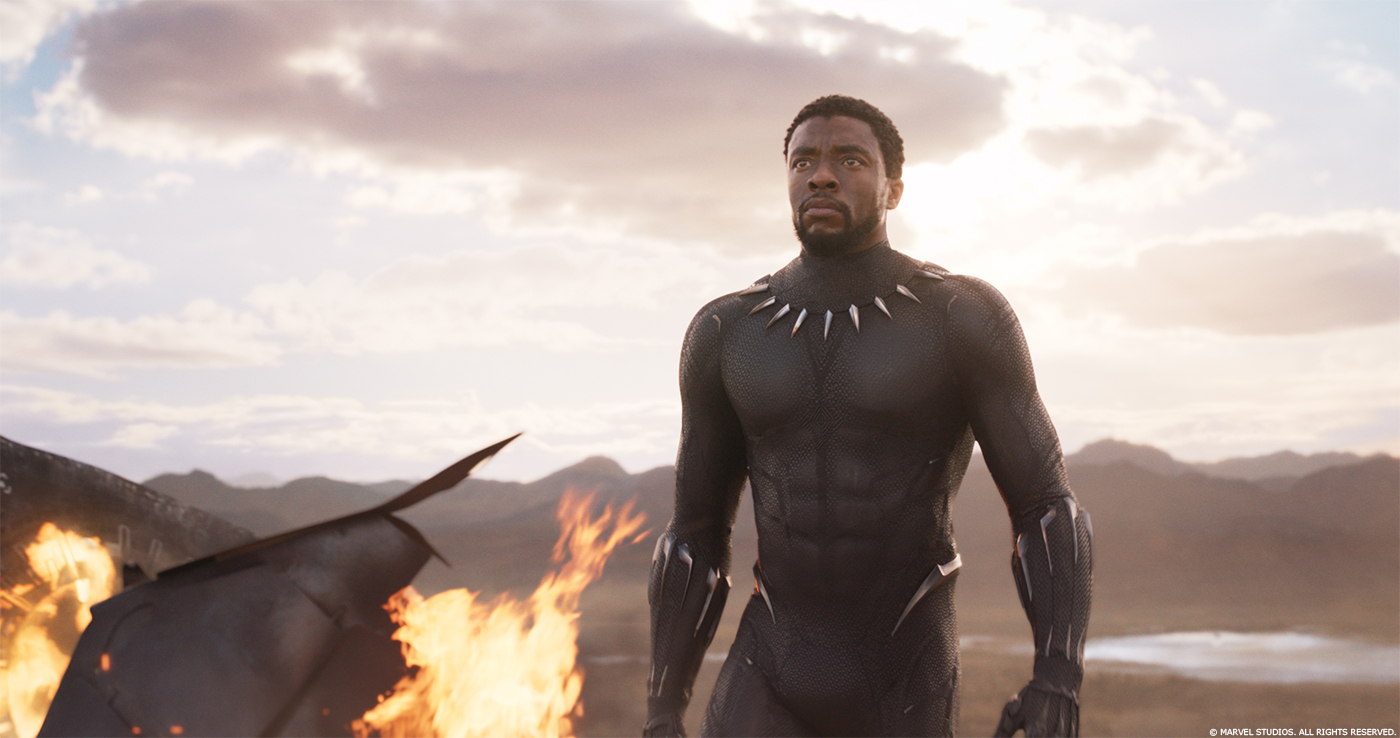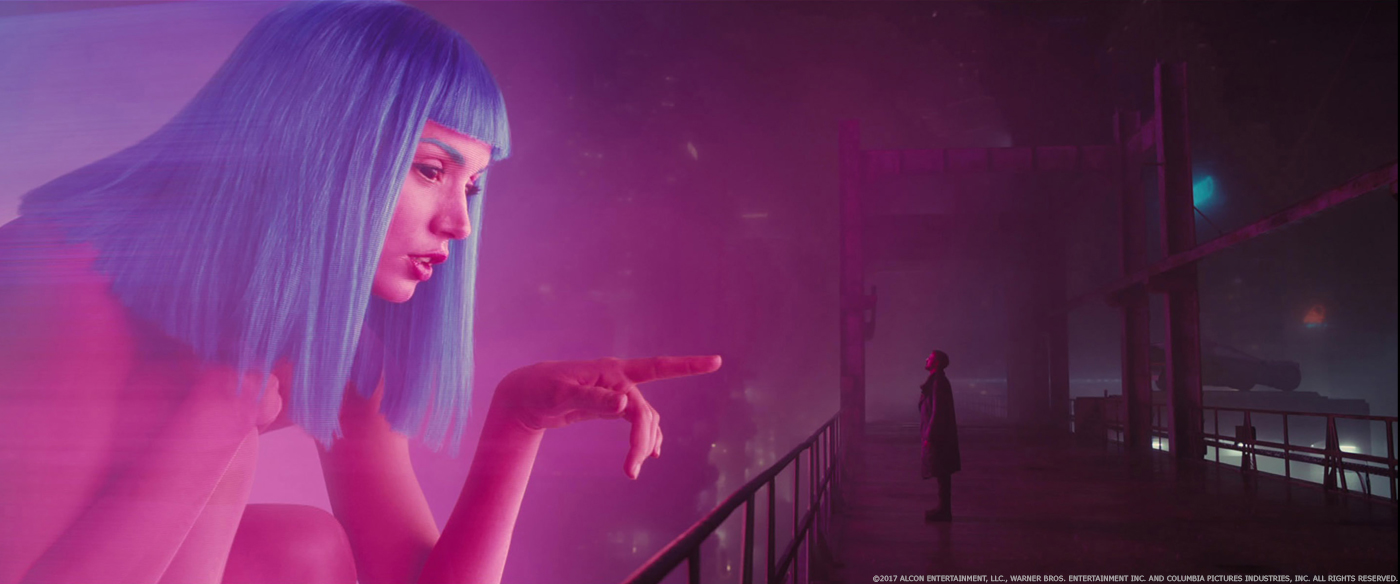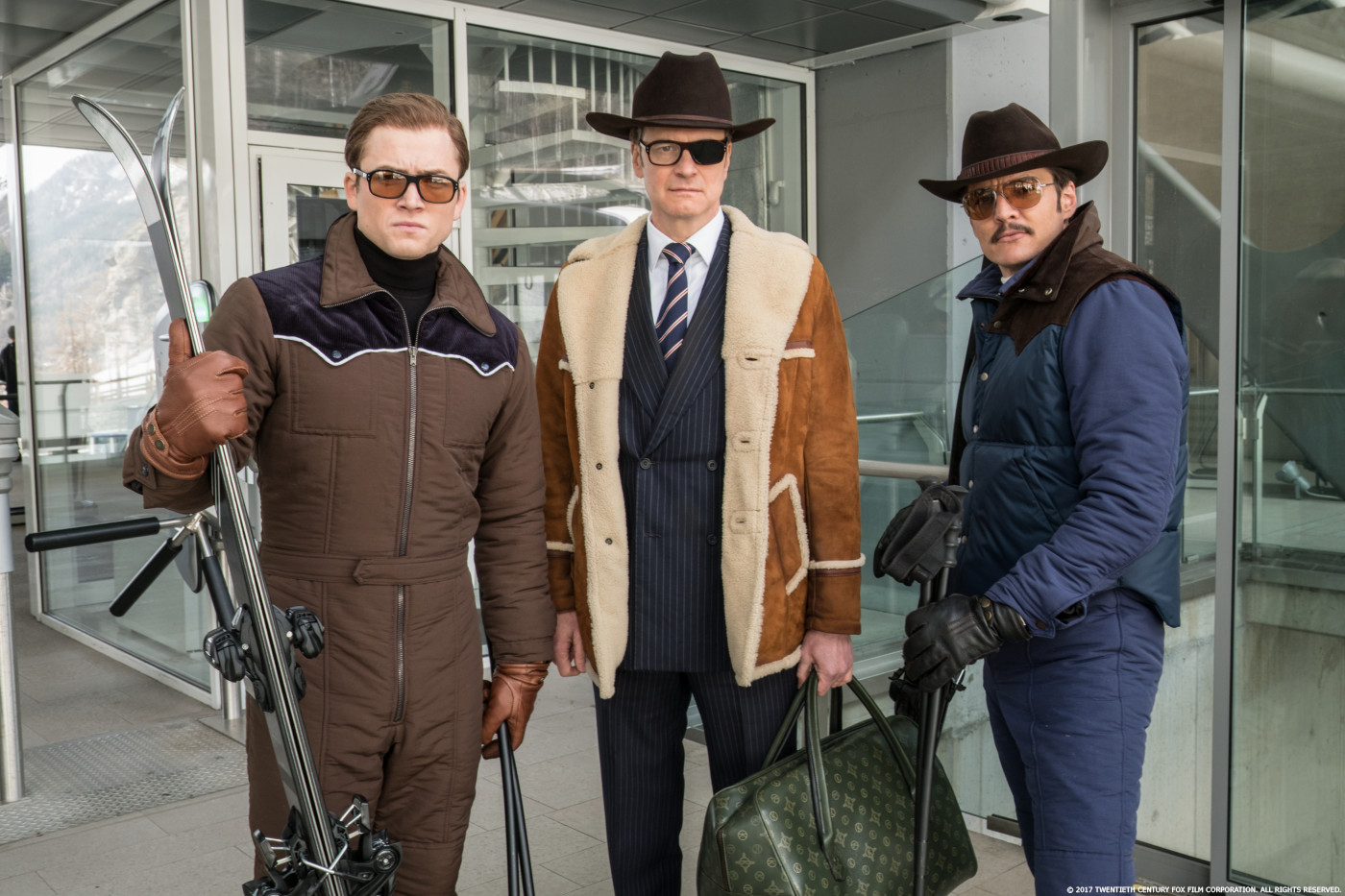In 2010, Richard Stammers had explained to us the work of MPC on ROBIN HOOD, he then oversaw the effects of PROMETHEUS and THE COUNSELOR. Today he explains his work on his first superhero movie.
How did you get involved on this show?
20th Century Fox arranged a meeting with Bryan Singer back in October 2012. I was offered the role of Overall VFX Supervisor based on the work I had done on PROMETHEUS, which Bryan really liked.
That’s your first collaboration with director Bryan Singer. Can you tell us more about it?
Yes, I’d not worked with Bryan before or on an X-MEN movie. I really liked what he had done with the franchise and I had been a fan since the first movie. It was great to work with someone so astute and incisive about the X-Men universe. He was great at pitching ideas that were not only spectacular and entertaining for the fans but served the story in an exceptional way.
What was his approach about the visual effects?
Well he certainly expected the best from us all! We started with extensive previs, and used this to expand the story and satisfy his need to visualise as much of the story prior to principal photography. He gave me a lot of freedom to work the visual effects up to a really high level before presenting to him.
That’s your first superheroes movie. How did you approach it?
Studying the previous X-MEN and WOLVERINE movies, comics and the ‘Marvel universe’ proved to a very useful way to get up to speed. Discussing this with Bryan gave me better insight as to what was important to match from the previous film and what could be changed or improved.
For example Bryan really wanted to update the Mystique transformations – he wanted to see shots that he hadn’t done before. What this largely boiled down to was that he wanted to spend more time seeing the transformations which meant that we had to put in a lot more detail so they would hold up to close-up scrutiny. Principle of the transformations remained the same with the flipping scales, but we managed to integrate this better with some really great lighting onto our live action characters. We had one shot which was an extreme close-up of Mystique thumb transform to Dr Trask’s thumb and this required lots of detail with much smaller scales than what we have previously seen.
Can you describe one of your typical day on-set and then during the post?
Typical shooting day usually involves discussing the day’s work with the assistant directors, director of photography and review the previs with them if applicable. I’ll use this info to try and get ahead on green screen positions, tracking marker placement and survey requirements and also figure out where we need to place witness cameras if required.
We also used simulcam during the shoot, which allowed the previs and set extension to be seen live through the camera whilst shooting, so it was imperative to orientate the previs scene and animation to the live camera positions. Once in place, previs could be triggered to playback on cue and real time matchmoving would allow us to see an accurate but crude version of the shot, in post-vis style over the live action plate. This would be very helpful for Bryan and the camera operators to compose each shot. As it got closer to shooting each set up I would discuss the shots with our stereography, John Harper, so that he could understand if any of our CG elements would change his 3D depth settings.
During post we worked with 12 different VFX studios from around the world, so we tried to cineSync and conference call them at least twice a week to review work in progress. Each day was mostly filled with review sessions with the VFX vendors, then we would review shot submissions with editorial team to see how they were working in the cut. If we had sufficient chunk of well polished work we would review these with Bryan to get his feedback before moving onto the final stage. Once I was happy with a shot we would re-review at 2K in a screening room to get final sign off from Bryan. We usually did this in batches of around 60-100 shots.
Where was filmed the various sequences of this movie?
We shot in Montreal, Canada. With an additional aerial plate unit in Washington DC.
The movie takes place in various time. What were the expectations of director Bryan Singer about it?
It was important to visually separate the past and future parts of the movie. We did this in a number of ways – through the colour and design of the sets, the style of lighting, and the colour grading of the movie. The VFX separated nicely too, in that we had a different mutants in the past and future with different power and different Sentinel adversaries.
How did you split the work amongst the other VFX studios?
MPC – 372 shots (although a major sequence was cut, so this was originally 528).
MPC were responsible largely for the future part of the movie. The full CG future Sentinels were an important part of their work and the characters required interaction with the mutant cast, their associated powers and the environments we place them in. Their work was really complex and they created the Future Sentinel form Concept to Composite. They also did the sequences involving the X-jet and Cerebro’s red virtual world when Xavier searches for mutants.
Digital Domain – 417 shots
DD were responsible for the 1973 part of the movie. They created the 1973 Sentinel and all of the environment work based in Washington DC, including the destruction of RFK Stadium and the White House. DD also worked on the mystique transformations and eyes.
Rhythm & Hues – 80 shots
R&H worked on the Beast transformations and the creation of the CG Xavier plane. They also did some Quicksilver speed effects and the sequence where you see inside the 1973 Sentinel – they shared DD’s Sentinel asset for this shot.
Rising Sun Pictures – 29 shots
RSP’s work was highly detailed, they created complex effects relating to Quicksilver’s power in an action sequence that takes place in a kitchen at the Pentagon.
Mokko Studio – 99 shots
CG Mystique eyes and costume fixes.
Cinesite – 125 shots
CG future New York City in our opening prologue and numerous cleanups, wire removals and production fixes.
Fuel VFX – 14 shots
Holographic effects and Havok’s mutant powers.
Vision Globale – 21 shots
Effects relating to a dream/flashback sequence.
Hydraulx, Lola, Method Studios, and our Internal VFX department also handled a number of comps and production fixes.
These various studios are based around the world. How did you follow their work progress?
All through remote communication – usually cineSync was the preferred method as this allowed us to review the same shots simultaneously and annotate areas of the image that might need to be changed. Other than this I would review shots personally and my team would send succinct feedback notes to the vendors.
Can you tell us in details about your collaboration with the various VFX Supervisors?
Much of the collaboration with the visual effects supervisors is as discussed above. MPC were the first vendor on the show and their internal supervisor Anders Langlands was available throughout the shoot to work with myself (on the main unit shoot) and Matt Sloan, my second unit VFX supervisor. Anders proved to be really useful in keeping a continuity thread in the VFX workflow between the two shooting units when one VFX sequence would move from main unit to second unit.
Collaboration with the rest of the visual effects vendors centred around working to their strengths. My visual effects producer, Blondel Aidoo and I would split the work to the various companies based on their abilities and the creative teams that we were going to be working with. For example DD were a great fit for the 1973 Sentinel and the Washington environment which included the destruction sequence of the RFK Stadium. They had a proven track record of doing great looking CG robots and fantastic destruction work, and I got to work with their visual effects supervisor Lou Pecora who did a fantastic job of overseeing their team. I have known Lou for many years and we both have a similar background so there was an aesthetic shorthand which made the communication process very simple.
What was the approach of director Bryan Singer about the previz?
Brian is a really big fan of previs and he wanted to visualise most of the major sequences in the movie. He had worked with The Third Floor previously and had really enjoyed the experience and wanted to work with them again.
How did you work with The Third Floor?
We did extensive storyboarding and Previs with The Third Floor in Los Angeles and we also had a TTF team, lead by Austin Bonang, with us during pre-production and production in Montreal. All the major action sequences were covered in our previsualisation process and we went through numerous iterations to get the action beats to flow well and expand the story. We also set up a virtual camera system so that we can ‘shoot’ the previs and involve our director of photography, Tom Sigel and our 2nd Director Brian Smrz in the creation of these shots that were then cut together by John Ottman, the editor. Our previs became a very successful shooting guide as a result.
The Sentinels are fully part of the game this time. Can you tell us in details about their design and creation?
We have two types of Sentinels in our movie, both were very different designs given the time period in which they appear. The 1973 Sentinel represents an early prototype where as the future Sentinel is a super advanced version drawing on advanced technologies that allows it to be super agile and transform and adapt its powers to combat the mutants it is hunting. I worked with John Myhre the production designer to outline a brief based on Bryan’s and the script’s requirements and then we appointed two design studios to produce different concepts for both Sentinels.
We used the London art departments of both MPC and Framestore to do initial designs and ideas based on our requirements, and after this first round of concepts and brainstorming we felt Framestore were best suited to the 1973 Sentinel and MPC to the future Sentinel.
For the 1973 Sentinel we gave Framestore references of ‘futuristic’ product and car design from the 1970s and these influenced the shapes and colours of the panelling. These robots needed to be ‘Magneto proof’ and therefore made of space age polymers i.e. mostly plastic so we found ways to take ideas from modern robotics and retro-fy them in plastic for more of 1970s look. All cabling needed to be either hydraulic or pneumatic hosing which proved an interesting design challenge, but if you don’t think about it too much, it works visually! Once Framestore’s design was approved by Brian and the studio we employed Legacy FX to build a full size 18 foot tall Sentinel that could be used as a static prop during shooting. For animated shots Digital Domain built the CG version based on Legacy’s model. This was modeled in Maya and rendererd using Vray.
MPC’s future sentinels were developed under the idea that Mystiques DNA had been weaponised to give them advanced abilities of transformation and adaptation, so the design incorporated a scale texture to be reminiscent of Mystique’s powers. They never needed to speak so Bryan did not want a mouth, they essentially needed to be emotionless and relentless killing machines. Given that this would be very restrictive from an facial animation point of view it was essential to design the facial features with a good level of malevolence. Movement of these sentinels needed to be incredibly agile and not limited by the speed expected of a 12 foot tall robot. The scales themselves became a very important part of the design and animation which triggered a fluttering wipe of transformation across the body. This proved to be very technically challenging and MPC’s rigging and software teams worked together to develop a system that allowed modellers to lay out nurbs patches that defined the placement and orientation of the scales covering the sentinel’s body. These scales were then procedurally generated in Katana at render time, pulling attributes from the animation rig to create rippling effects and time out material blending to allow the sentinels to transform from one surface to another.
The movie features a huge number of mutants with each one their powers. How did you handle this aspect?
Each of the mutant powers were seen whilst fighting the future sentinels, so this workload fell under MPC’s wing too, as there was often critical interaction between the sentinels and the mutants. We tried to get shots to MPC as early as possible, which featured each of the new mutant powers from Blink, Sunspot and Bishop. We also had Bobby Iceman creating ice slides for the first time, which was really challenging and similarly important to get the look development underway early on in production. With each effect I started with references, which we developed into concepts which could presented to Bryan before engaging in any animation studies. As with the sentinels, MPC’s art department did a great job of taking on board the references and turning these in to great concepts and asset builds.
What was the biggest challenge on this project and how did you achieve it?
Sentinels and Portals! Timing the interaction between actors and a non existent CG character is always tricky, but the Simulcam playback of the previs really help with this. Blink, one of our new characters uses teleportation portals. The portals act as a doorway or window between different environments so where you see a portal you will also see what’s inside the portal, which could be a view of a different location or action from a different angle. Previs helped us plan for the additional photography that would be required for the portal views but these were the most complex to wrangle on set, some shots had 8 portals so shooting all the elements to be seen in each view was very complex.
What do you keep from this experience?
Working with great people, and fantastic creative collaboration with different VFX studios.
How long have you worked on this film?
18 months.
How many shots have you done?
1311.
What was the size of your team?
I’m not sure of the exact size of the teams from our 12 vendors but it will be in the region of 1000 people. MPC alone had 250 artists working on the show.
What is your next project?
Don’t know yet.
A big thanks for your time.
© Vincent Frei – The Art of VFX – 2014





















Always nice to read these interviews!